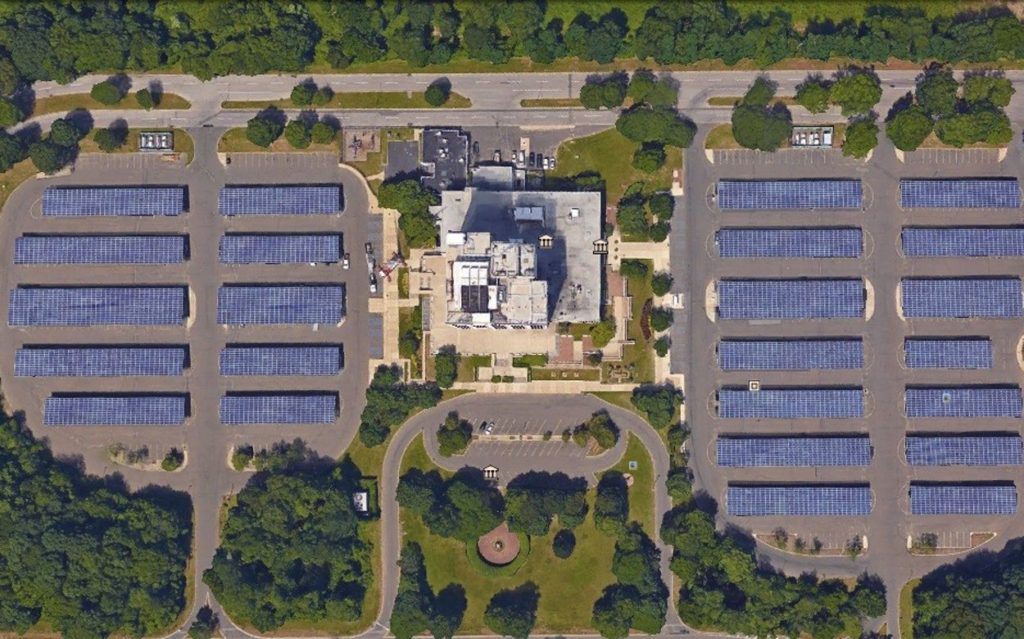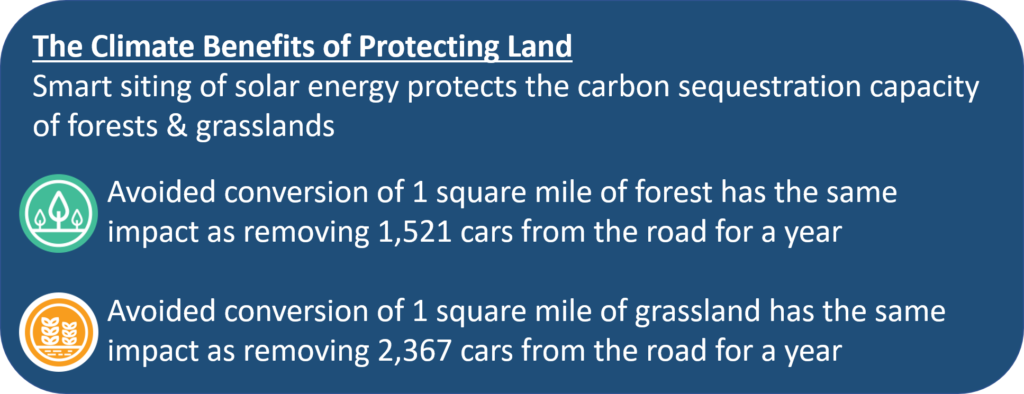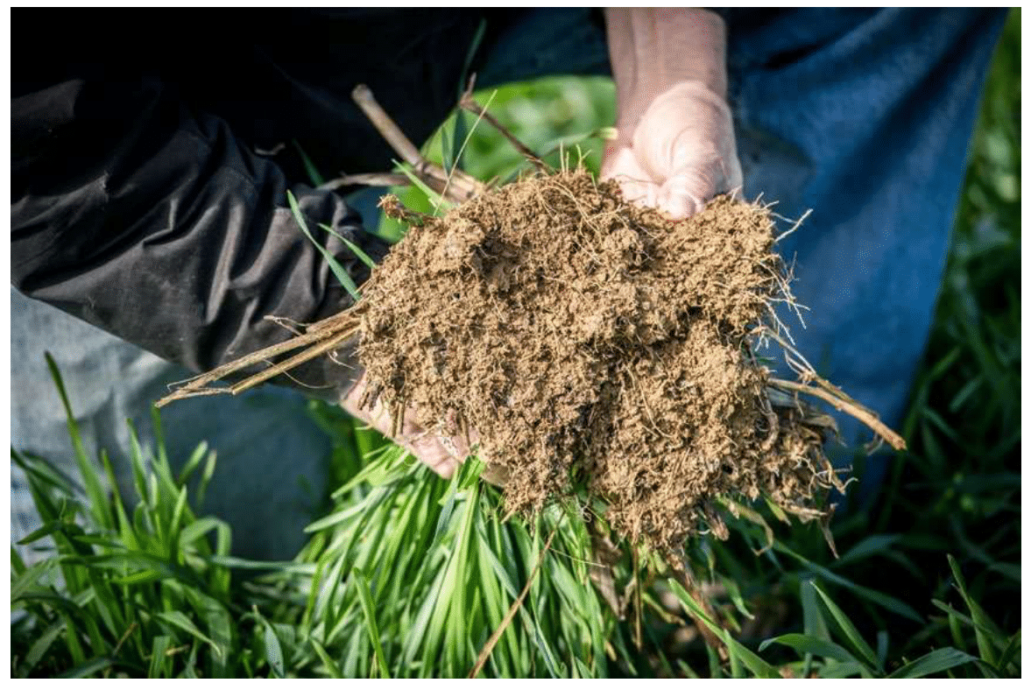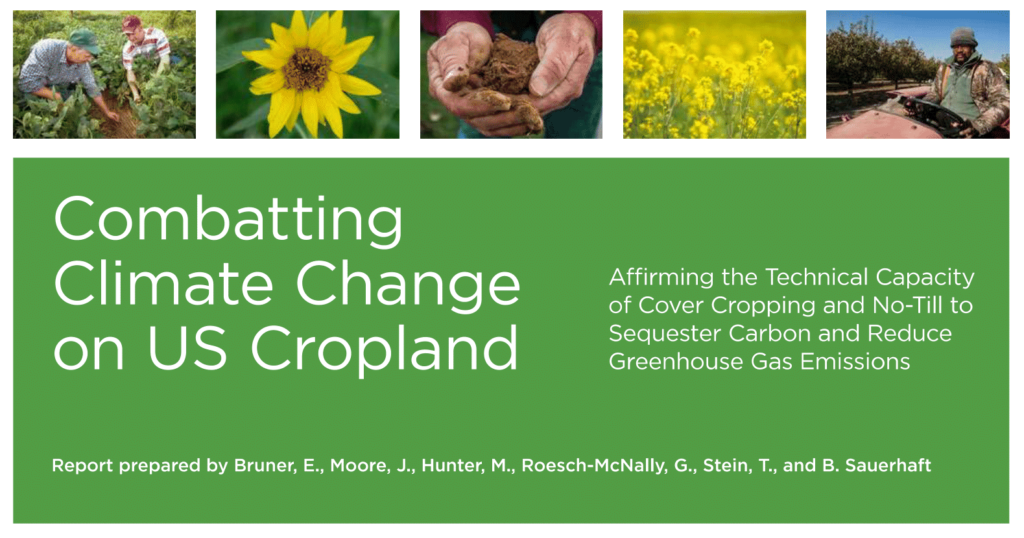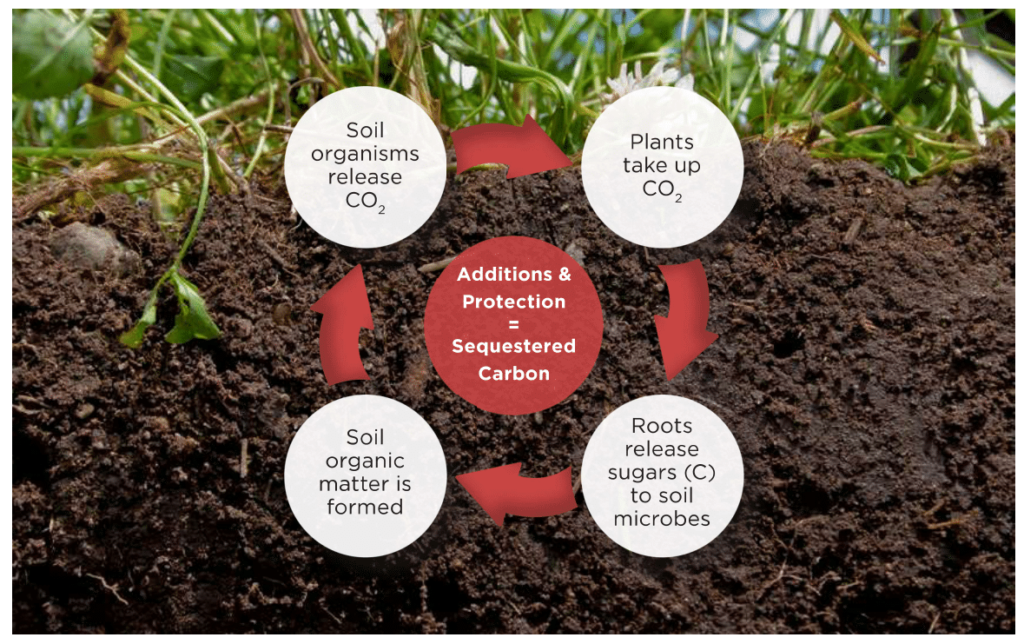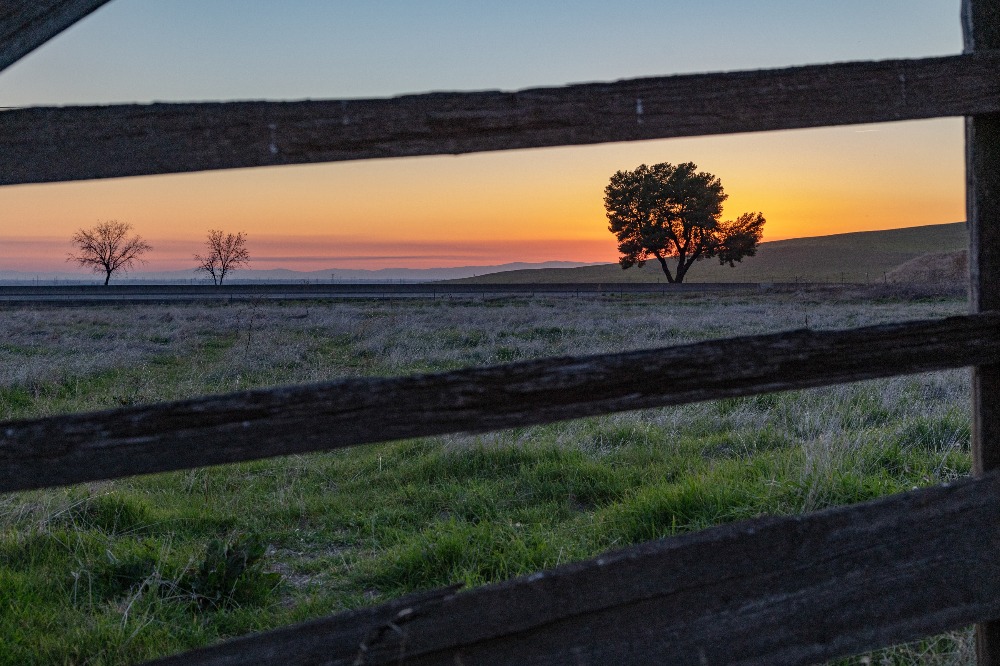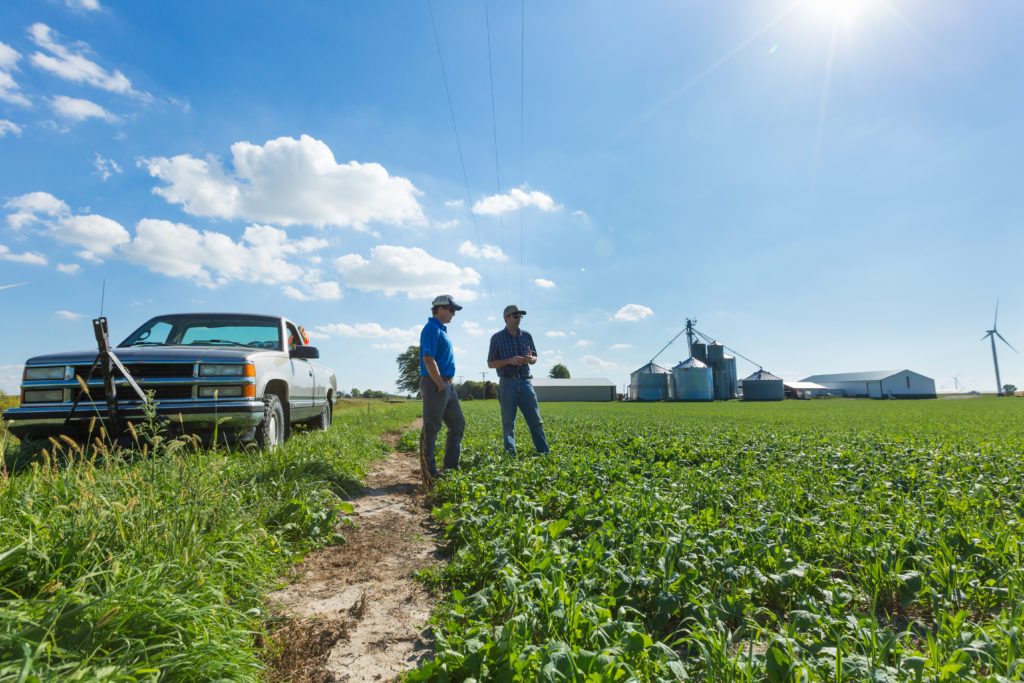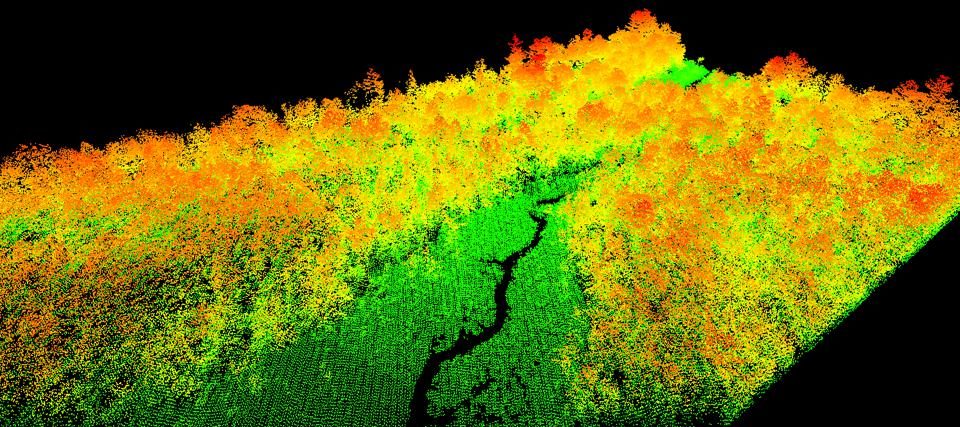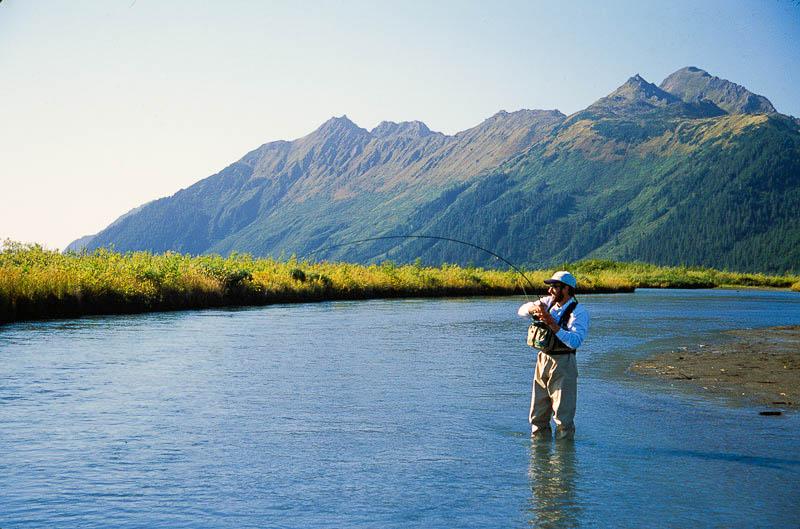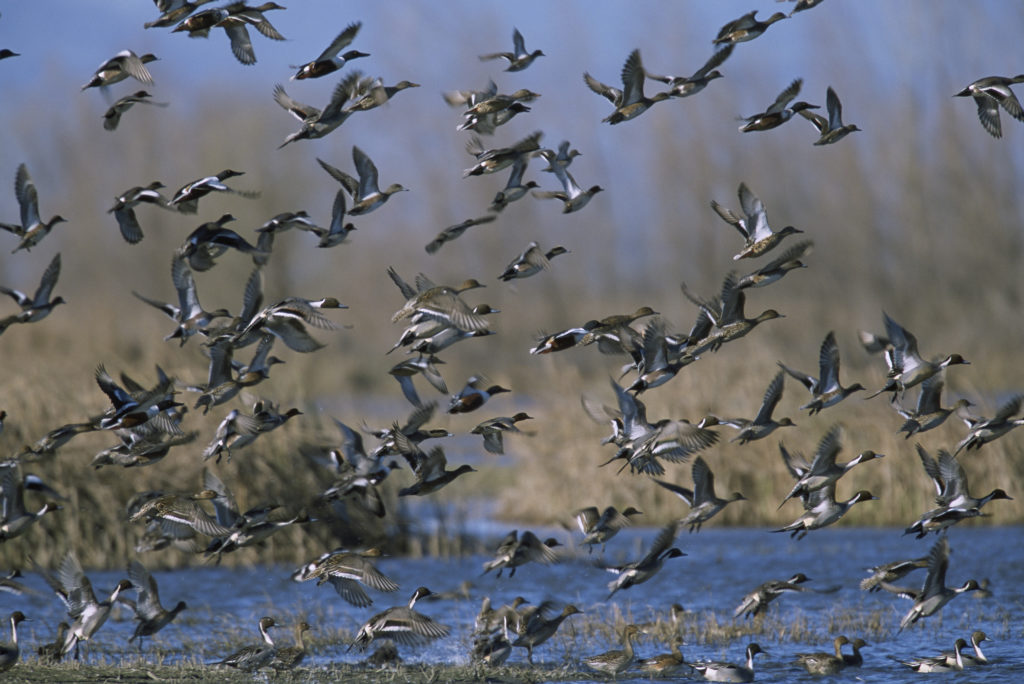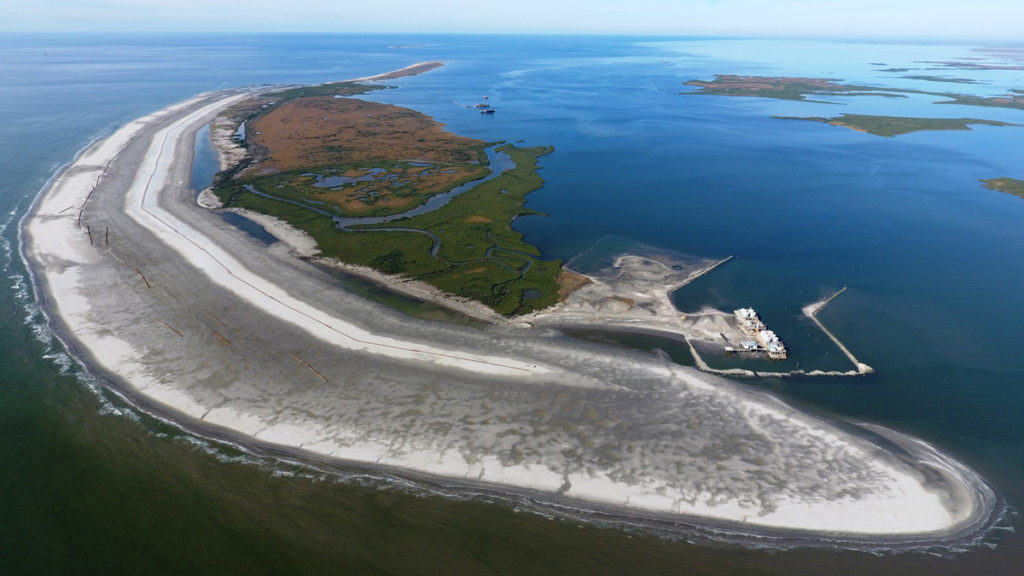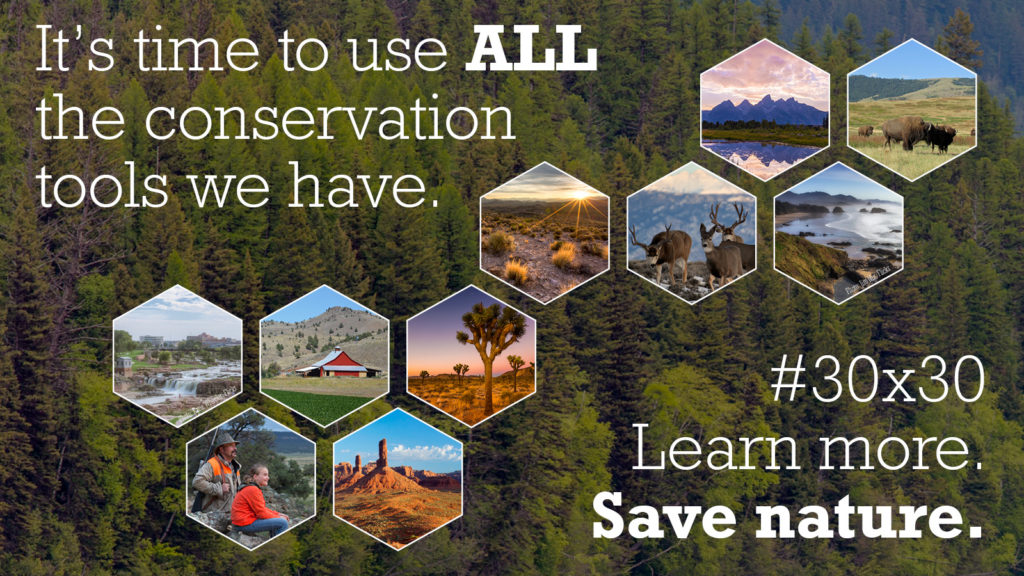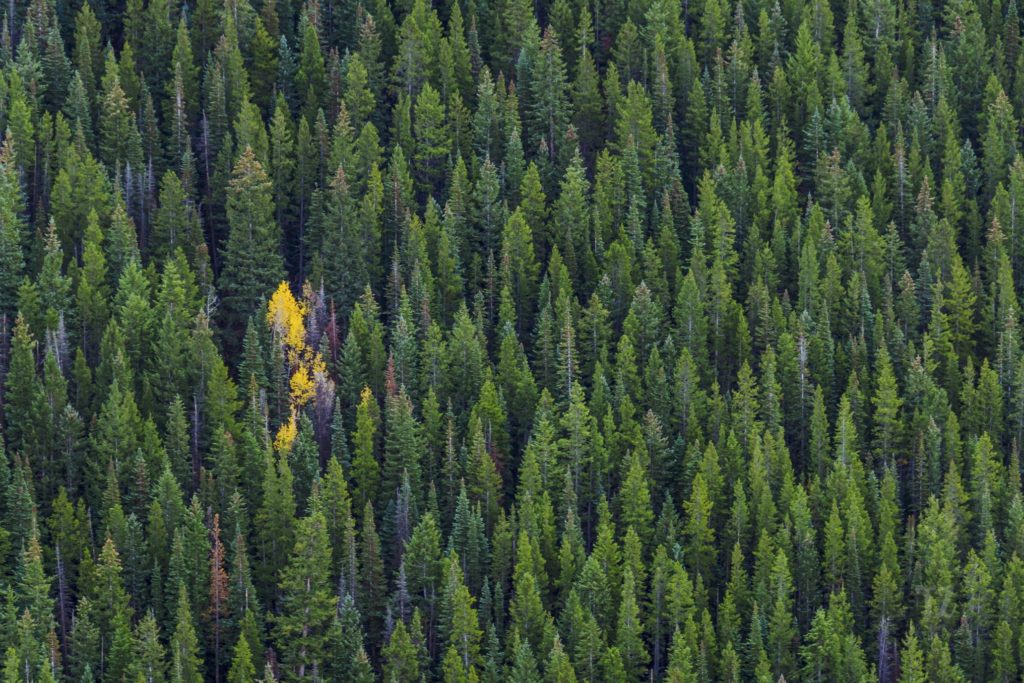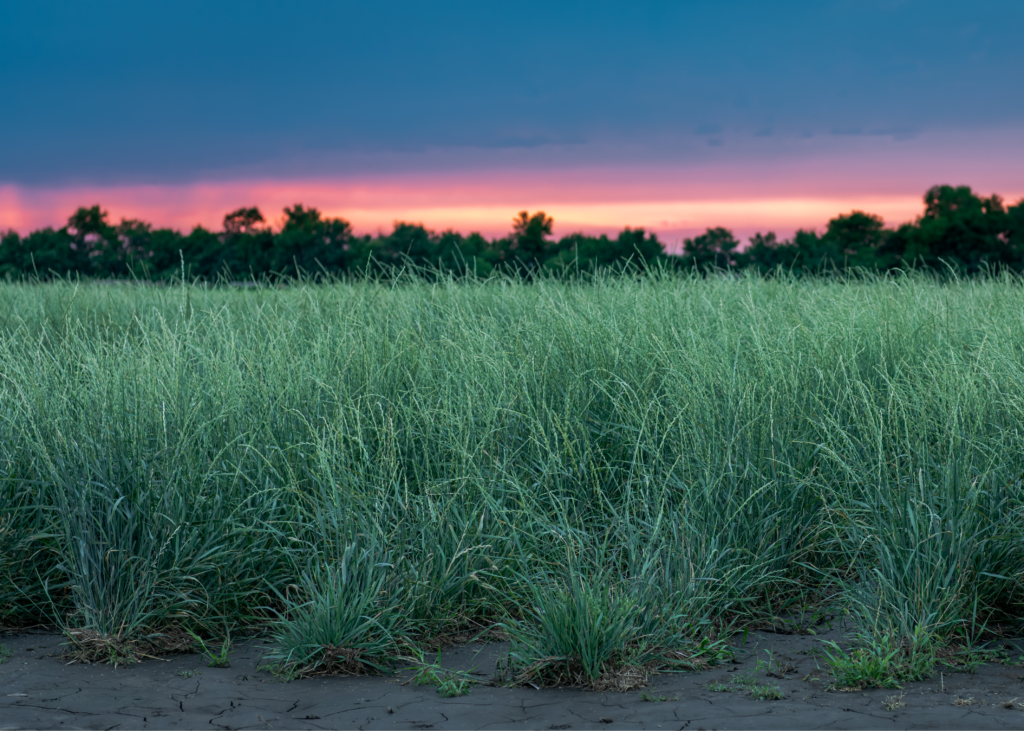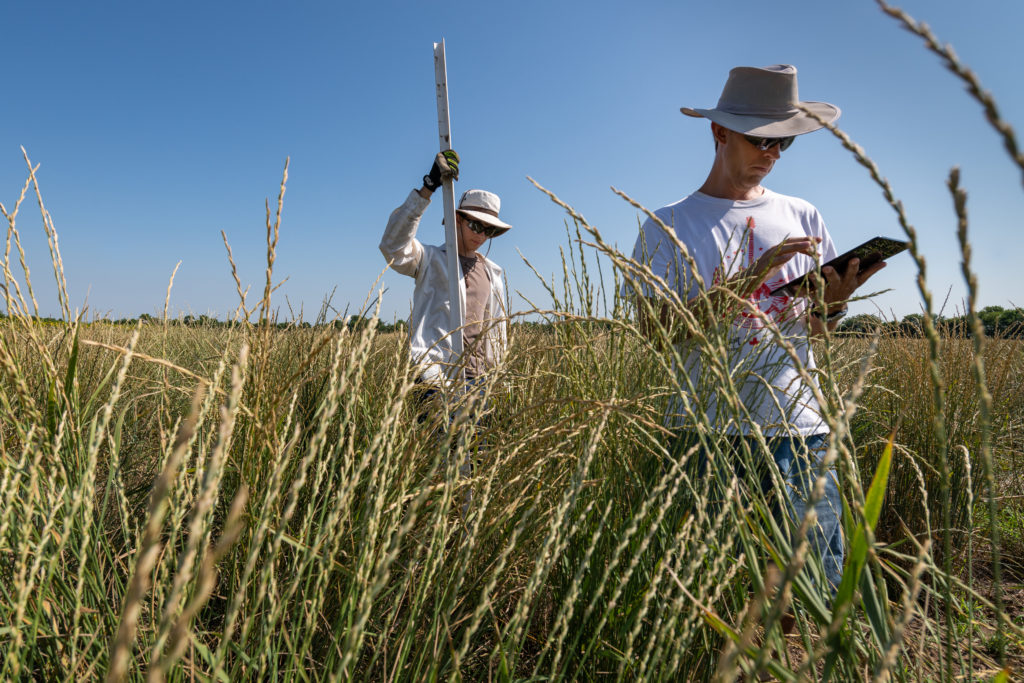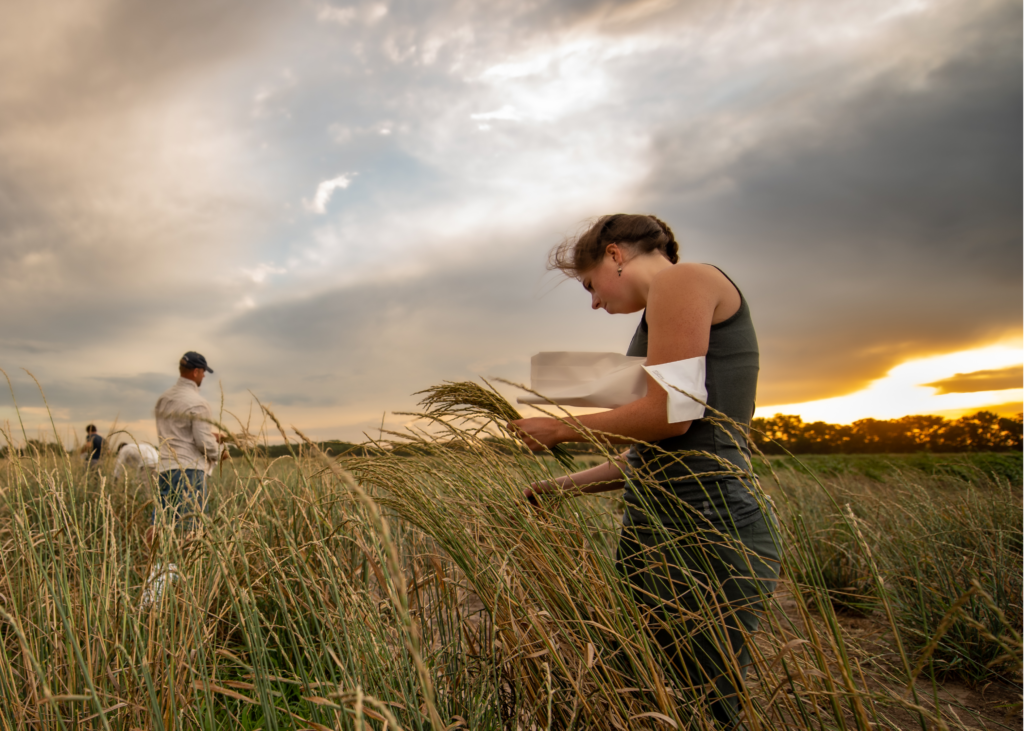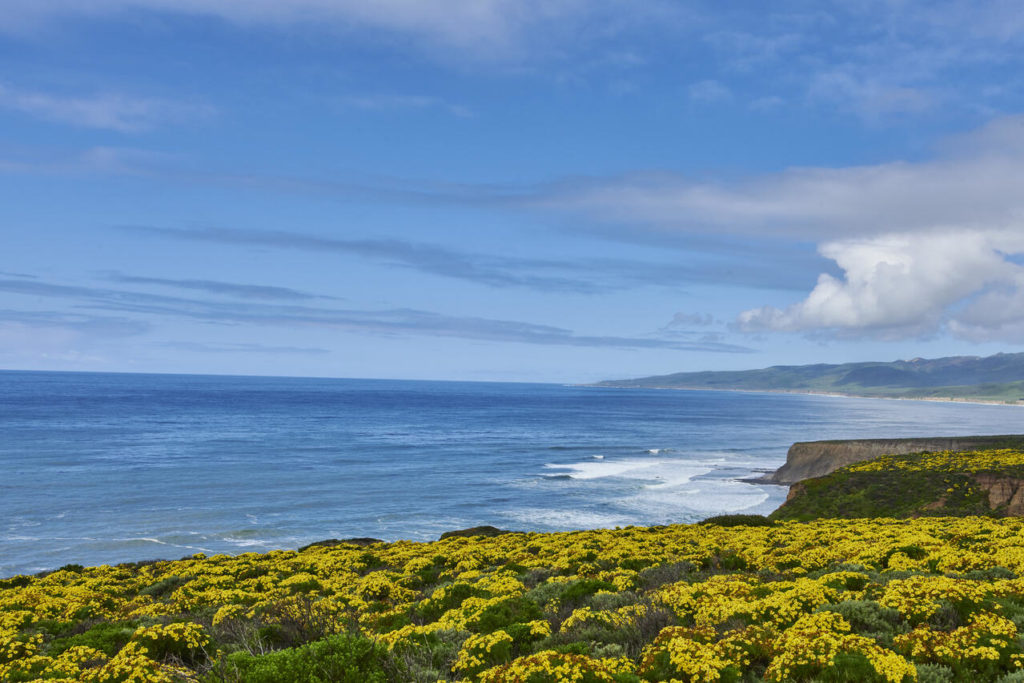
Historically, the Willamette Valley of Oregon was lush with fields of purple camas (Camassia quamash) and rosy seablush (Plectritis congesta) in the spring and western goldenrod (Solidago lepida) highlighted by the last rays of sun in the fall. Today this prairie habitat is among the most endangered ecosystems in North America with over 90% of upland and wet prairie habitat converted to other uses. Consequently, there has been a drastic decline of native plant and wildlife species dependent on these habitats. Conservation practitioners have been actively restoring this critical habitat for decades but have been challenged to find high quality, diverse native seed for their projects.
Grassland restoration provides a whole suite of benefits for both people and nature. Grasslands provide habitat for wildlife and pollinators, and they improve water quality and stabilize soil, which reduces runoff and erosion. Grassland restoration is also an important nature-based solution for addressing climate change by storing carbon in soil and root systems. Recent research indicates that restoring 5 million acres of marginal cropland to grasslands has the potential to store an additional 9 million metric tons of carbon dioxide per year – the equivalent of removing 1.9 million cars from the road each year.
In 2012 the Willamette Valley Native Plant Partnership was created to help solve this problem. The Partnership was formed by 21 restoration organizations and native plant producers who had a vision to create a partnership that would cooperatively fund and produce plant materials for use in restoration, revegetation, and mitigation throughout the region. The main goal was to create a supply of seed that was genetically diverse and ecologically appropriate. Research shows that using genetically diverse, locally sourced native plant materials increases establishment and overall success of restoration projects.
To achieve this goal, the approach taken was to collect seed from many source populations throughout the Willamette Valley to capture a broad genetic base for each species. This seed was then used to establish farm fields of high priority native species so partners could purchase seed for use in their restoration projects. Within its first year the Partnership built an organizational infrastructure, hired a seasonal seed collection crew, and entered its first two species into production – slender cinquefoil (Potentilla gracilis) and western goldenrod (Solidago lepida var. salebrosa).
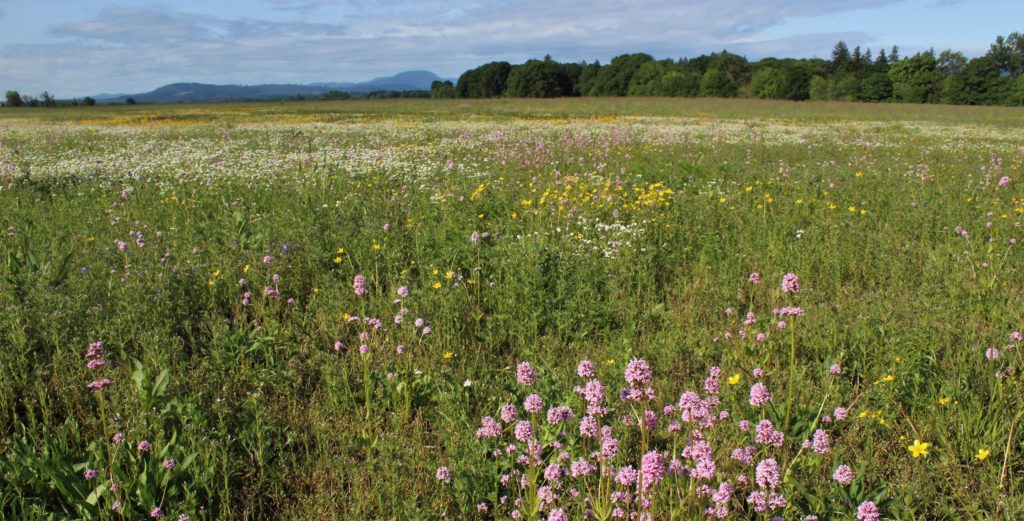
Since its beginnings nearly a decade ago, the Partnership has been striving to represent the vision of the Plant Conservation Alliance Native Seed Strategy – “the right seed in the right place at the right time”. Over six seasons, crews have collected 72 pounds of seed from 27 native species from hundreds of wild populations scattered throughout the Willamette Valley. Now, 21 species have been put into production which has resulted in a yield of over 3,100 pounds of native seed. Approximately two-thirds of this seed has been distributed to partners and spread in prairie habitats throughout the ecoregion. These native seeds will grow into mature plants and help in restoring function to these endangered ecosystems.
Programs like the Willamette Valley Native Plant Partnership play a key role in advancing these restoration efforts. Ensuring that landowners and managers working to restore grasslands have access to “the right seed at the right place at the right time” significantly increases the chance of achieving successful and enduring outcomes. This, in turn, helps unlock the carbon storage potential of these restored grasslands, while also ensuring the newly established plants are resilient to changes over time resulting from climate change.
Lessons for Reforestation Programs
According to a new study released by The Nature Conservancy, US Forest Service, academic researchers and American Forests , an ambitious program to reforest lands that were historically forested in the U.S. will require 3 billion tree seedlings a year – a 2.3-fold increase in the number of seedlings currently produced. This will require new investment in collecting and storing a broader diversity of genetically appropriate seeds, increasing nursery capacity to grow seedlings, and in the development of a trained workforce to collect seeds, plant seedlings and ensure their successful growth.
The approach taken by the Willamette Valley Native Plant Partnership offers a good model for providing the market certainty to diversify the seed stock for reforestation and spur new investments in nursery capacity. By identifying sources of genetically appropriate seeds, hiring and training workers to collect and sort seeds, and providing nurseries with the seeds necessary to support reforestation efforts, we can increase the chance that these efforts will succeed.
This article was adapted from an article that first appeared on the Pacific Birds website.
Alexis Larsen is the Native Seed Partnership Coordinator at the Institute for Applied Ecology.

